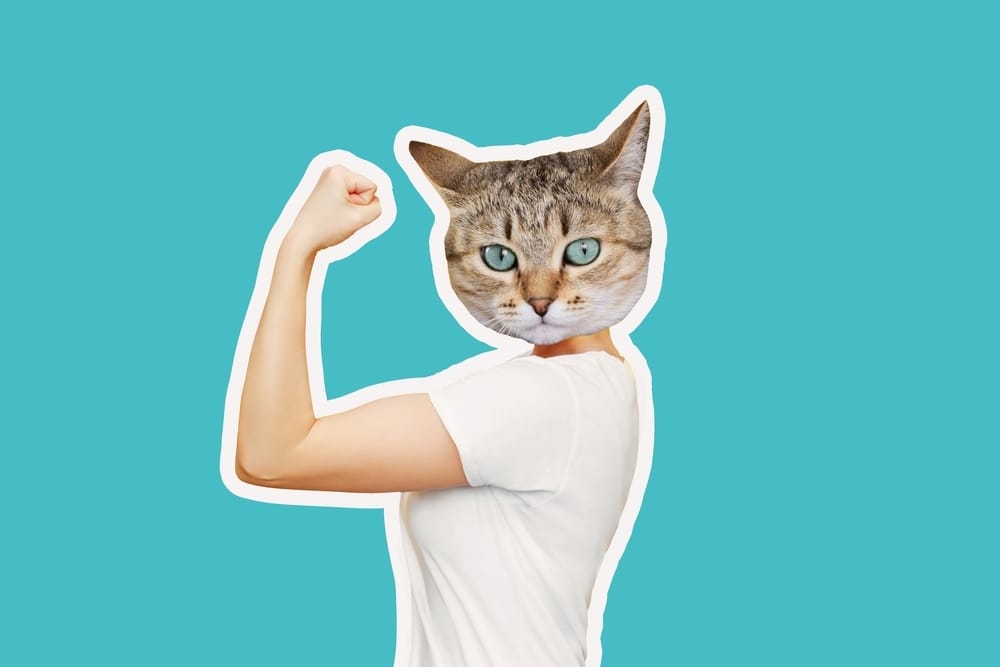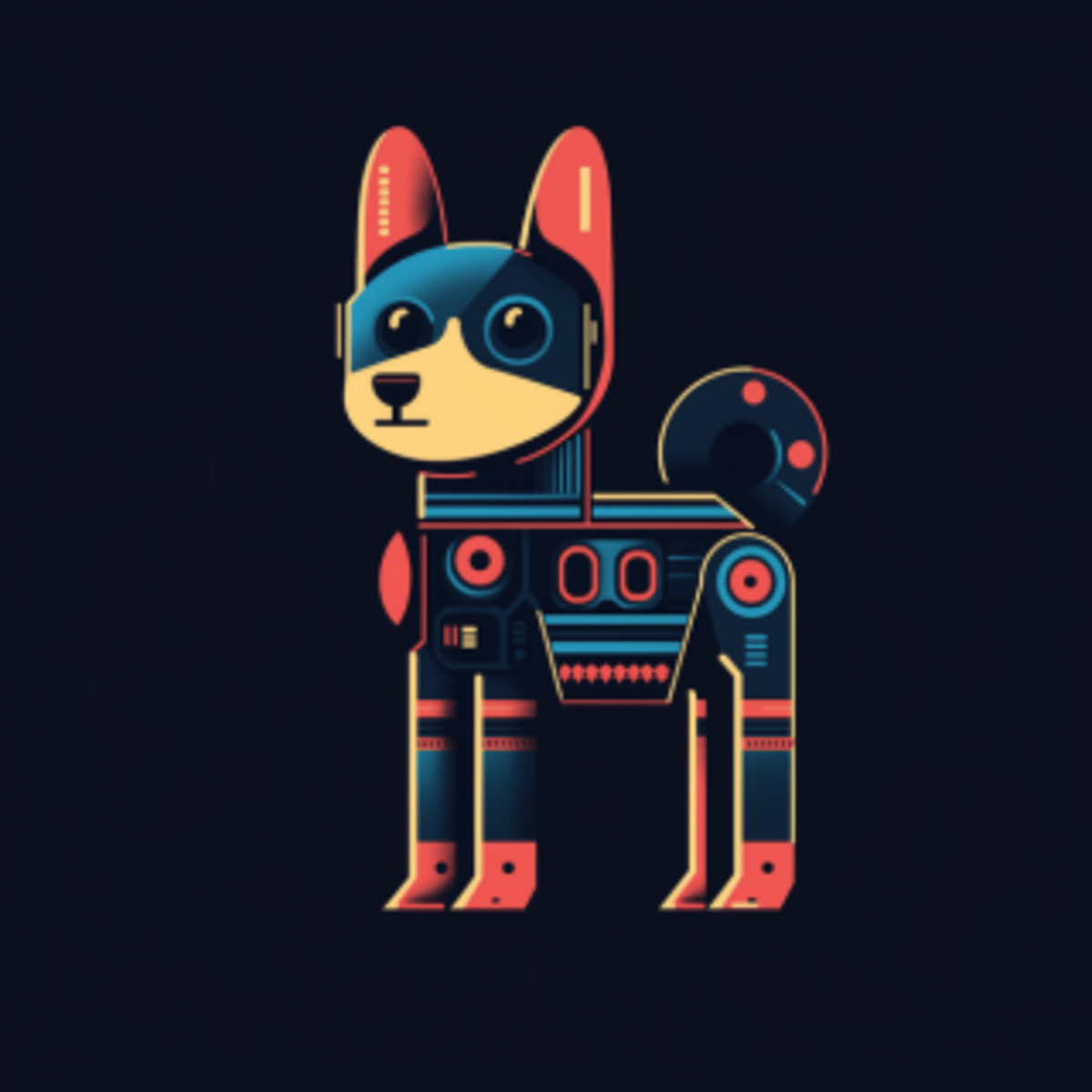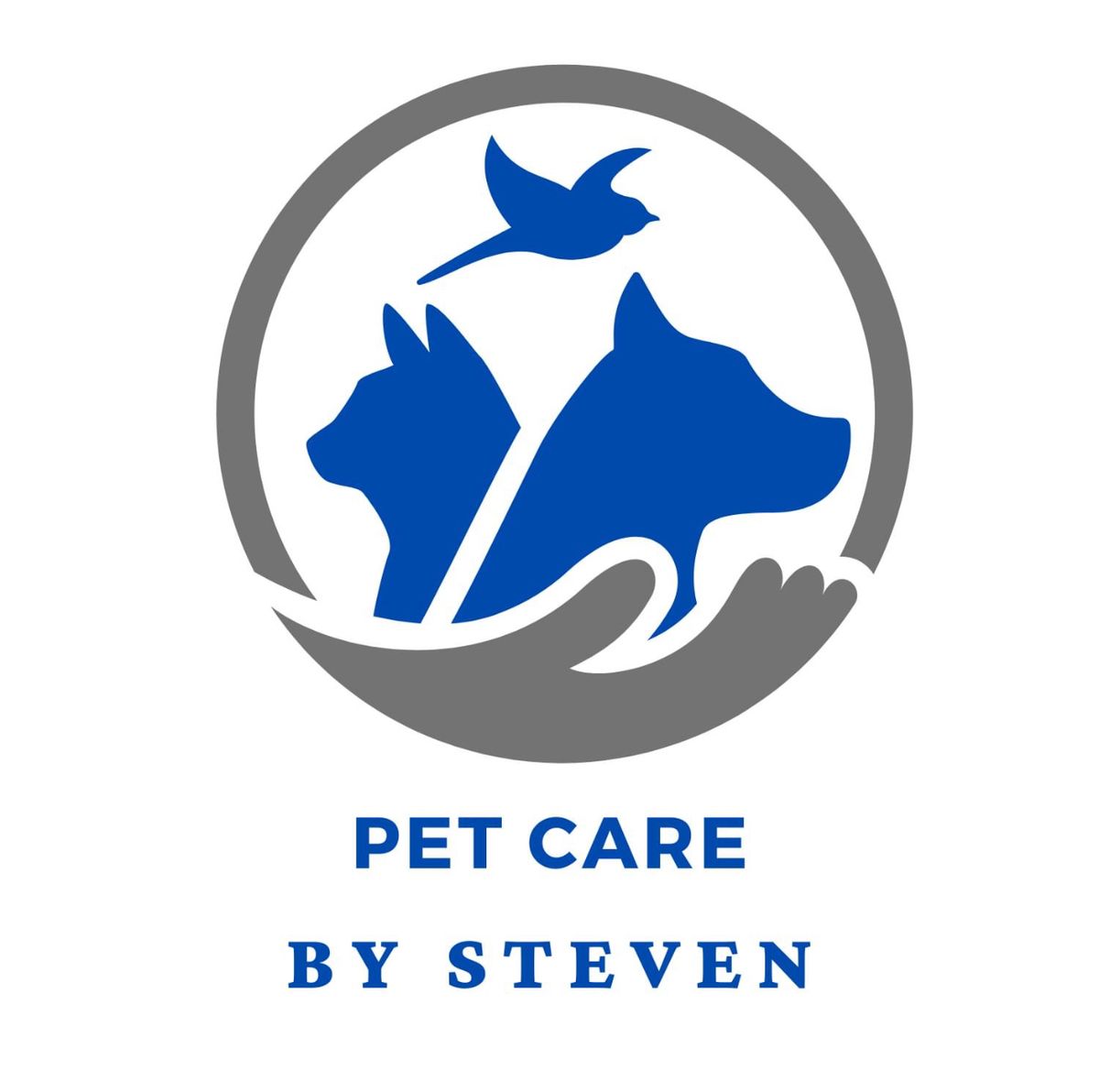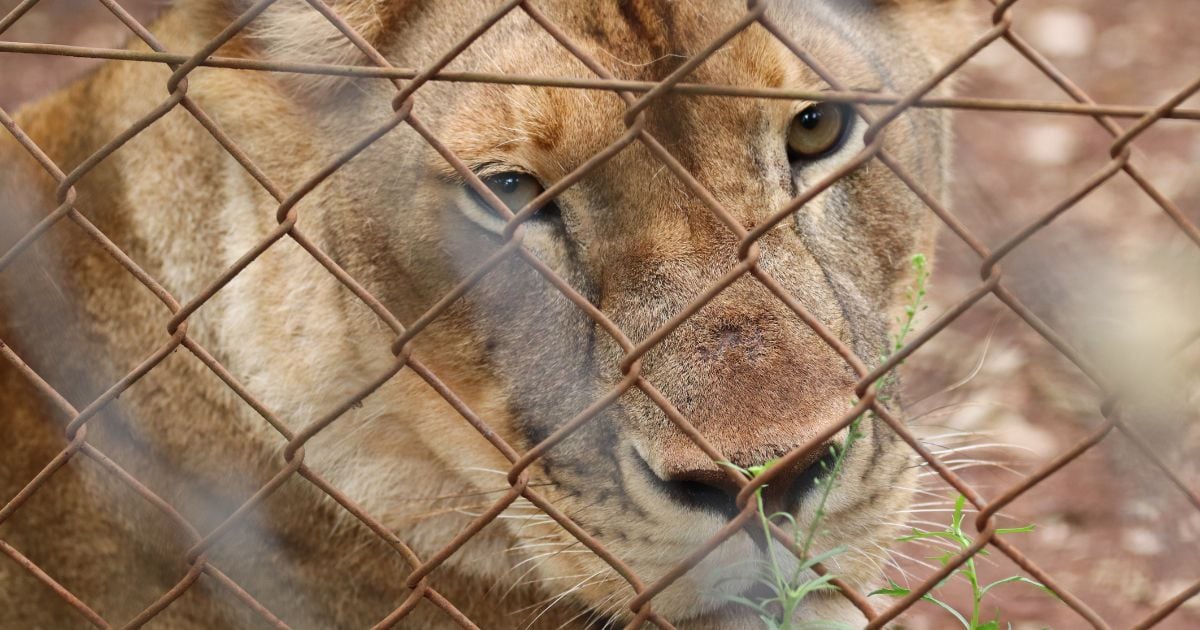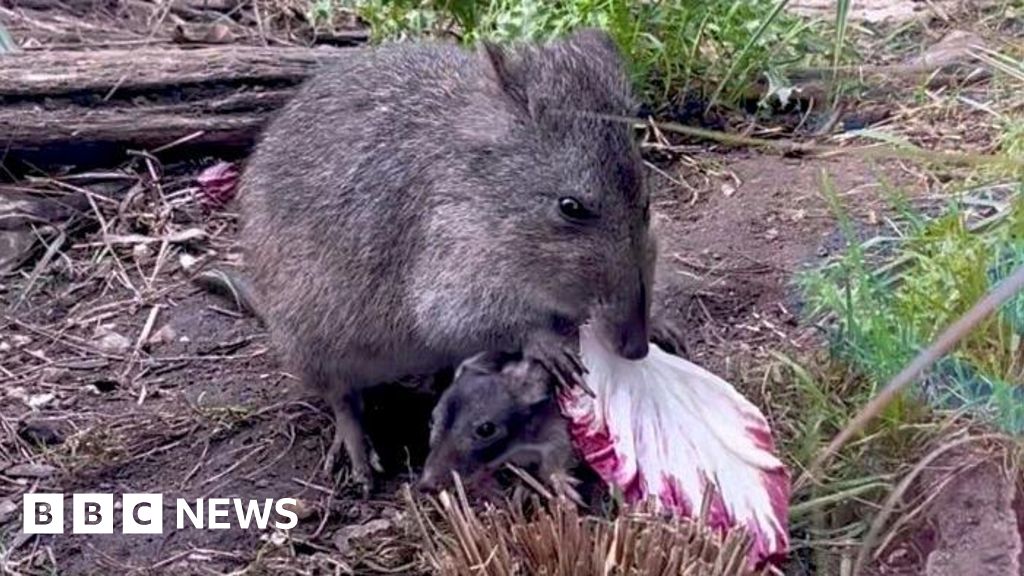- The Bark Byte
- Posts
- ☢️ The Bark-Byte | What’s in the Bowl? – Episode 2 - Toxic or Tasty?
☢️ The Bark-Byte | What’s in the Bowl? – Episode 2 - Toxic or Tasty?
Human Foods Your Pet Can & Can’t Eat
Table of Contents
Snack Attack! When Sharing Turns Scary 🍿😱
We’ve all been there—those big puppy eyes staring at you while you eat your sandwich. You cave and share a bite… but should you? Some human foods are totally fine (even healthy!) for pets, while others can send you rushing to the emergency vet faster than a dog chasing a squirrel. Let’s separate the yum from the yikes!🍱 Ingredients: Order Matters
The Dangerous Delicacies 🚫
These are the foods that can turn a treat into trouble:
Chocolate: contains theobromine—dogs can’t metabolize it, leading to heart and nervous system issues.
Grapes & Raisins: cause kidney failure, even in small amounts.
Onions & Garlic: destroy red blood cells → anemia.
Xylitol: a sugar substitute found in gum and peanut butter—can cause liver failure.
Alcohol & Caffeine: not even a sip! They affect the heart and brain.
The Safe Snacks ✅
These human foods are pet-approved (in moderation!):
Carrots & Green Beans: crunchy, low-calorie treats for dogs.
Blueberries & Apples (no seeds): antioxidant-rich, great for immune support.
Pumpkin (plain, not pie filling): helps digestion for both cats and dogs.
Cooked Eggs & Plain Chicken: excellent protein boost.
Peanut Butter: yes, but check it’s xylitol-free!
🍽️ Rule of paw: Treats—even healthy ones—shouldn’t exceed 10% of your pet’s daily calories.
The Gray Zone 🤔
These foods depend on the pet, portion, and preparation:
Cheese: okay for most dogs in small bits, but some are lactose-intolerant.
Bread & Rice: fine in moderation, but no nutritional value.
Fish: healthy if cooked and boneless. Avoid raw salmon—can carry parasites.
|
🔑 Key Takeaways:
✔️Some human foods are deadly to pets—know the danger list.
✔️Safe snacks exist, but moderation is key.
✔️Always read ingredients—especially for xylitol and seasonings.
✔️When in doubt, skip the sharing and book a quick Tele-Vet consult.
🐾 Coming up next in our What’s in the Bowl? series:
“The Raw Truth: Raw, Fresh, Freeze-Dried & Kibble Compared.”
We’ll dig into diet trends and find out what really belongs in the bowl!
A word from our Sponsor ⭐️

🏔️ Traditional Craftsmanship: Our chews are made using an ancient Nepalese method, passed down through generations. This time-honored process naturally preserves the yak cheese, ensuring a long-lasting and nutritious treat for your dog.
🧀 100% Yak Cheese: Our chews contain only 100% yak cheese—no cow milk, fillers, or additives. Yak milk is naturally richer in nutrients than cow milk, providing unique health benefits for your dog, including essential vitamins and minerals.
💪 Vitamins & Nutrients: Packed with protein and calcium, these chews promote strong muscles, bones, and teeth, helping your dog stay healthy and active.
🐾 Easily Digested: Gentle on your dog's stomach, yak cheese is easily digested, making it a great option for dogs with sensitive stomachs or dietary restrictions.
🐕 Long Lasting: Designed to keep your dog engaged, these chews are durable and long-lasting, offering hours of chewing enjoyment.
Myth: Pet insurance doesn’t cover everything
Many pet owners worry that insurance won’t cover everything, especially routine care or pre-existing conditions. While that’s true in many cases, most insurers now offer wellness add-ons for preventive care like vaccines, dental cleanings, and check-ups, giving you more complete coverage. View Money’s pet insurance list to find plans for as low as $10 a month.
|
|
|
🦴 Daily Bite 🦴
Thanks For Reading, and Have A Great Week!



